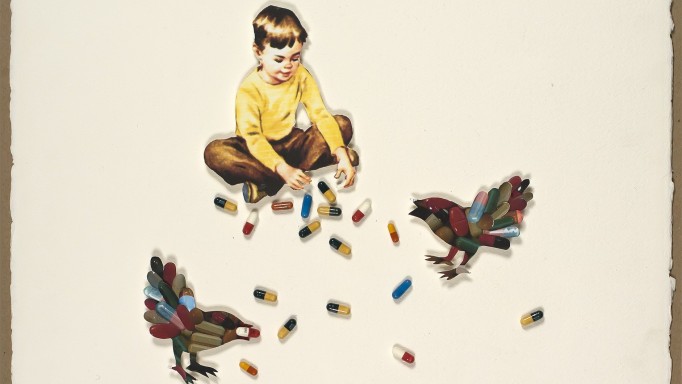Aphthous ulcers are small round or oval ulcers that develop on the soft tissue inside the mouth. They can form inside the lips and cheeks, on or under the tongue and at the base of the gums. They do not usually form on the roof of the mouth or tissue connected to bone. Anyone can get them.
Aphthous ulcers can be very painful though they’re not life-threatening. Most ulcers heal within a couple weeks, while larger ones may take up to 6 weeks to fully heal.
It’s still not clear why aphthous ulcers happen. It may be due to a trigger that causes the immune system to become hyperactive. They can make eating and drinking certain foods and beverages difficult or impossible. If this is the case or if the pain is too much to manage on your own, seek your doctor’s help.
People with a family history of aphthous ulcers are more likely to get them. Emotional stress, dental work, biting your cheek, brushing too hard, and lack of sleep may trigger them. Further, people who don’t get enough vitamin B, iron, zinc, and folic acid are also more at risk. Spicy, acidic and other foods may be triggers as well as hormonal shifts during menstruation. Toothpastes and mouth washes with sodium lauryl sulfate may also cause them.
Aphthous ulcers are not an AIDS-defining illness, but they are more common and more likely to recur in people with HIV. They can also appear with other medical conditions, such as Helicobacter pylori infection, Crohn’s disease and inflammatory bowel disease.
What are the symptoms and how are they diagnosed?
Aphthous ulcers usually begin as a burning or tingling sensation. A red spot or bump usually forms, which develops into an open ulcer that turns white or yellow. The ulcers are usually small, from .25 to .50 inch in diameter, but larger ulcers are possible. A single ulcer usually forms, but clusters can also occur. Once they begin to heal, a whitish-gray membrane forms over the ulcer. Large aphthous ulcers may cause some scarring after healing.
Your doctor or dentist can diagnose aphthous ulcers by looking at them. Other tests are not needed, unless the ulcers suggest other conditions are present. Another common oral condition, cold sores (herpes), tend to look different and usually appear outside the mouth on the lips. However, both can occur together, so it’s helpful to be diagnosed and treated properly.
How are they treated?
Some people just deal with the discomfort if it’s not severe. Beyond that, various steroid products (mouth rinses, pastes, creams, gels and oral medications) are available over-the-counter and by prescription. These can reduce inflammation and pain until the ulcers heal. Large aphthous ulcers, or ulcers that do not respond to topical corticosteroids, are often treated using a pill form of a stronger corticosteroid, such as prednisone.
Can they be prevented?
Aphthous ulcers tend to recur, although these tips may help prevent them:
- Avoid foods and drinks that trigger the ulcers, including acidic, hot or spicy foods
- Maintain a healthful diet, especially foods with folic acid, vitamin B, zinc and iron
- Brush and floss regularly and use products that don’t irritate mouth surfaces
- Reduce stress
Last Reviewed: February 2, 2022














